How To Measure a Tire
Please follow these three steps to measure your tire.
To get the tire size, measure the outside diameter of the tire. Sometimes, the overall tire size is written along the sidewall of your tire. Though this won’t provide you with information regarding your hub length and bearing size (those are separate measurements), it will help determine which tire size you need. Measuring the tire diameter of the tire will help to confirm that information.
The hub length is the measurement through the middle of the wheel (or hub) measuring from end point to end point (or bearing to bearing). You’ll want to make sure to measure through the center of the wheel and not just the outside as there will be space in your rim that will go unaccounted for. You’re trying to determine how much “space” the rim takes up on your axle. If you order a hub length that is too short, the tire will move from side to side on your axle. If you order a hub length that is too long, your rim will extend beyond your axle.
The bearing is the metal piece on the end of your hub where your axle goes through. You just need to measure the inside diameter of the hole. To double check accuracy, you can also measure your axle diameter as well to be sure you have the correct size.
| Tire: | Tire portion only |
| Wheel: | Tire and Rim together |
| Hub: | Center tube that holds bearings |
| Bearings: | Where the axle rests |
Click here to see expanded view
Table of Contents
Finding the right-sized tires can get complex.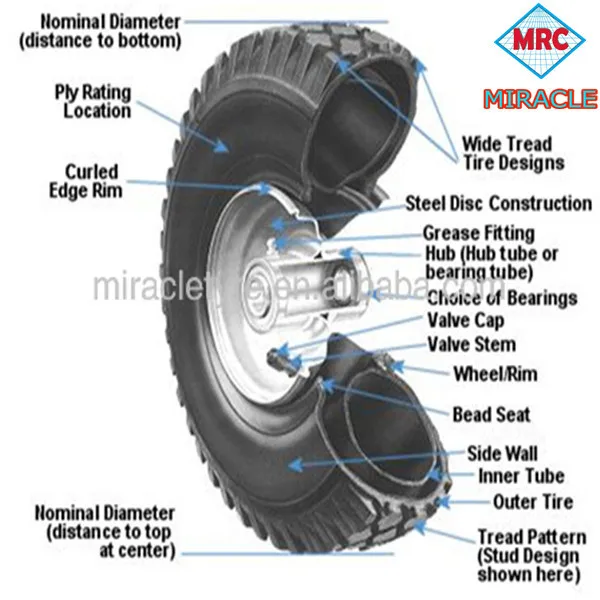 Who even knows how to read tire sizes? The last thing you want is your new cart tires to be the wrong size, preventing you from getting any work done. Luckily there are a few things you can do to ensure you have the correct tire sizes. We will be taking a look at the numbers on your wheel, the “vehicle” you want to put them on, and the varieties of wheel choices you have.
Who even knows how to read tire sizes? The last thing you want is your new cart tires to be the wrong size, preventing you from getting any work done. Luckily there are a few things you can do to ensure you have the correct tire sizes. We will be taking a look at the numbers on your wheel, the “vehicle” you want to put them on, and the varieties of wheel choices you have.
Wheel size numbers refer to the tire’s diameter, the width of the tire, the diameter of the rim, and the distance from the tire to the rim. We can determine the size of the wheel when we know how these numbers are being used.
There are three styles when it comes to how to read tire sizes.
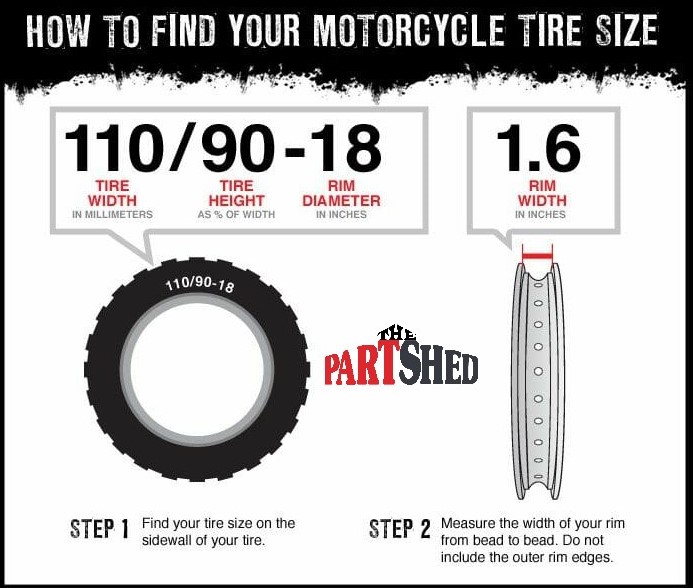 We do know it has to be over 7.5” because of the 2nd two numbers from above added together. In this case, the tire is actually 10.5” in diameter.
We do know it has to be over 7.5” because of the 2nd two numbers from above added together. In this case, the tire is actually 10.5” in diameter. You can start by grabbing a tape measure and simply measuring from one side to the other. The other option is to check your tire and see if the number is imprinted on the wheel. In the picture above, the last number is the width of the rim from side to side.
Most wheel-size calculators online are for cars. You can also find bicycle tire size calculators. We simply recommend using the formulas above when figuring out how to read tire sizes. If your utility cart or wheelbarrow shows you the numbers, you can find wheels that match them perfectly. You can also look up your specific cart or wheelbarrow to find the size that will best fit.
You can also find bicycle tire size calculators. We simply recommend using the formulas above when figuring out how to read tire sizes. If your utility cart or wheelbarrow shows you the numbers, you can find wheels that match them perfectly. You can also look up your specific cart or wheelbarrow to find the size that will best fit.
To determine your wheel size, you should first choose the style of wheel that you need. There are four different types of wheels we suggest researching to understand better what your “vehicle” needs.
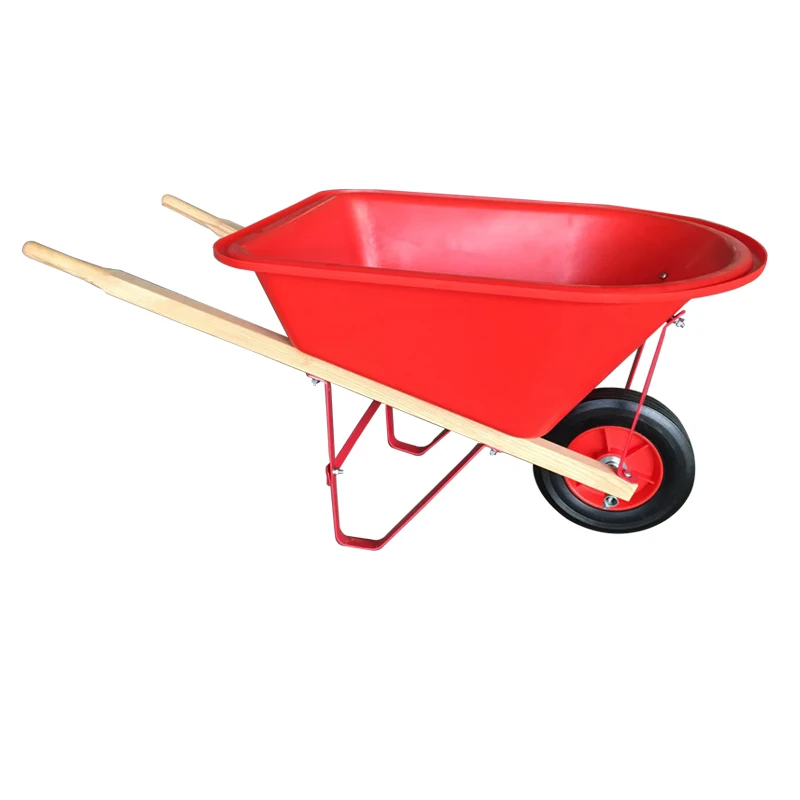 They can also be required for some off-road bikes. Spoke Wheel sizes are researched for bicycles, garden carts, and pony carts.
They can also be required for some off-road bikes. Spoke Wheel sizes are researched for bicycles, garden carts, and pony carts. Browse Our Wheels
Here are the ranges and average sizes for the four different types of wheels outlined above. These are going to be sized by diameters. So you won’t need any formula to figure out how to read tire sizes of the styles below.
 5”, and 12”.
5”, and 12”.Browse Our Wheels
The standard size of wheelbarrow wheels are diameters of 13” or 16”. The rim of wheelbarrow wheels are generally 6” or 8”.
At Lapp Wheels, we genuinely believe our tires are a leg above the rest. From the durability to the styles and sizes we offer, there is something for everyone. Take a look at our wheels and tires to find the perfect fit for what you are looking for. Feel free to ask us any questions about how to read tire sizes too!
Browse Our Wheels
This entry was posted in Blog. Bookmark the permalink. There are several ways to designate the size and parameters of a tire, some manufacturers use sizes in inches, some in millimeters, and some even use both sizes. . The examples below will help you define the parameters yourself.
. The examples below will help you define the parameters yourself.
1. Tire width (cross-sectional width)
2. Tire height
3. Cross-sectional height
4. Rim diameter
5. Tire outer diameter
Example: 3.00-4, 3.50-6, 4.00-8, 5.20-10, 6.00-12….The first number (3.00) indicates the tire width. “-” indicates that the tire is bias-ply (a radial design would be R). The last digit (4) indicates the bore diameter in inches. So a 3.00-4 tire fits a 4" rim, is 3" wide, and has a diagonal design.
Example: 6-12, 7-14, 8-16, 9.5-18…
Same as above, but without the (.00) in the first part of the size. All dimensions are in inches. It is important that tires with similar sizes may not be compatible - a tire with parameters 6.00-12 can be very different from a tire 6-12. If you doubt the definition of compatibility - contact the managers of Promtekhnika.
Example: 4.10/3.50-4, 4.10/3.50-6, 5.30/4.50-6…
This size consists of 4 parts. The first digit (4.10) indicates the tire width. The second (3.50) indicates the height of the tire. The third digit (4) indicates the fit diameter of the tire. “-” refers to the diagonal design of the tire. So a 4.10/3.50-4 tire is 4.1" wide, 3.5" high, fits 4" rims, and has a diagonal design. nine0011
The first digit (4.10) indicates the tire width. The second (3.50) indicates the height of the tire. The third digit (4) indicates the fit diameter of the tire. “-” refers to the diagonal design of the tire. So a 4.10/3.50-4 tire is 4.1" wide, 3.5" high, fits 4" rims, and has a diagonal design. nine0011
Example: 11x4.00-4, 13x5.00-6, 18x8.50-8, 25x12.00-9…
The first digit (11) is the outside diameter of the tire in inches. The second number (4.00) is the width of the tire in inches, and the third number (4) is the rim diameter of the tire. “-” refers to the diagonal design of the tire. So a 11x4.00-4 tire is 11" OD, 4" wide, fits a 4" rim, and has a diagonal design.
Example: 10x3, 18x4, 260x85
This marking is obsolete, but you may still encounter it. Dimensions can be specified in both inches and millimeters (usually it is quite easy to distinguish this). The first number (10) indicates the outer diameter of the tire, the second the width of the tire. The seat diameter is not indicated in the size, but can be easily calculated, since the height of such a tire usually coincides with its width.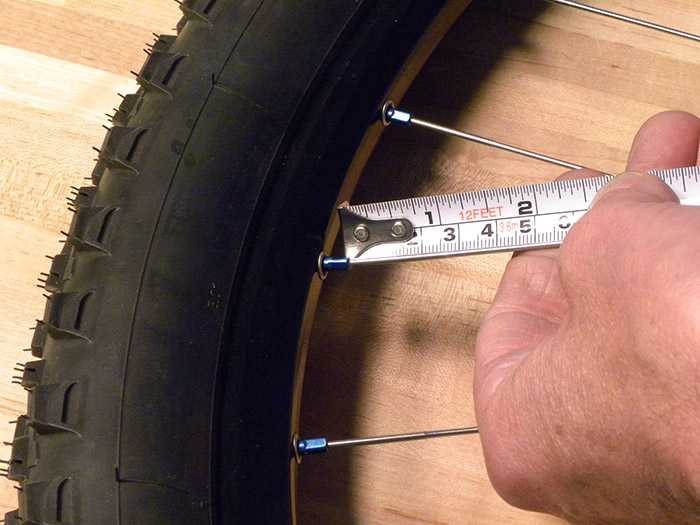 Thus, an 18x4 tire has an OD of 18 inches, a width of 4 inches, and a rim diameter of 10 inches (18 inches of OD minus 2" x 4" of tire height). The modern designation for such a tire would be the formula 4.00-10. A tire with a size of 260x85 has an outer diameter of 260mm and a width of 85mm, or 10" and 3" respectively, with a 4" bore. The modern designation would look like this: 3.00-4. nine0011
Thus, an 18x4 tire has an OD of 18 inches, a width of 4 inches, and a rim diameter of 10 inches (18 inches of OD minus 2" x 4" of tire height). The modern designation for such a tire would be the formula 4.00-10. A tire with a size of 260x85 has an outer diameter of 260mm and a width of 85mm, or 10" and 3" respectively, with a 4" bore. The modern designation would look like this: 3.00-4. nine0011
Example: 255/60-10, 195/50R13, 420/85R28
The first digit is the tire width in millimeters, the second is the profile height (percentage of the tire width), the third digit is the bore diameter in inches. If the letter R is present in the size, this means that the tire has a radial design, and “-” indicates a bias. So a 420/85R28 tire has a width of 420mm, an 85% profile (the height of the tire is 85% of the width, i.e. 357mm), a radial construction and fits a 28" rim. nine0011
Example: 145R10, 155R12
The first number indicates the tire width in millimeters and the second number indicates the bore diameter (rim diameter) in inches.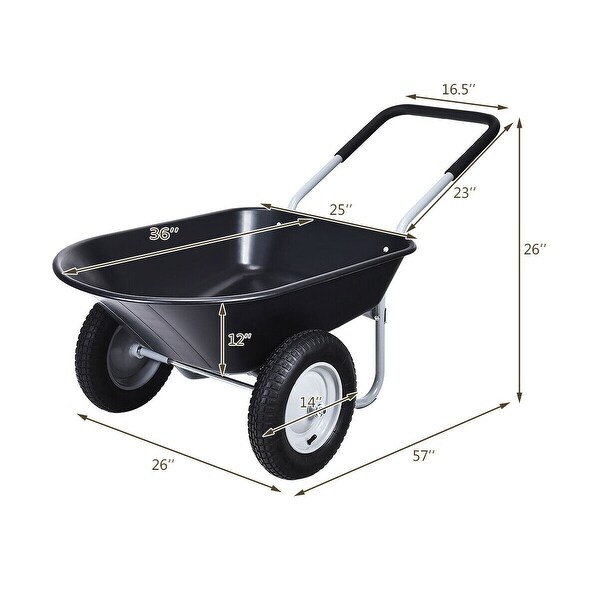 R indicates a radial construction, “-” indicates a diagonal one. With this marking, the tire profile is not indicated, and by default it is 80%. That is, a 145R10 tire is 145mm wide, 116mm high (80% of 145mm), fits a 10" rim, and has a radial design. The overall tire diameter can be calculated by converting all units of measurement to inches or millimeters and adding the rim diameter to twice the height of the tire. nine0011
R indicates a radial construction, “-” indicates a diagonal one. With this marking, the tire profile is not indicated, and by default it is 80%. That is, a 145R10 tire is 145mm wide, 116mm high (80% of 145mm), fits a 10" rim, and has a radial design. The overall tire diameter can be calculated by converting all units of measurement to inches or millimeters and adding the rim diameter to twice the height of the tire. nine0011
Currently, the ply rating determines the strength of the tire and does not indicate the number of plies of cord fabric. Originally, the term "ply" did refer to the number of plies of cord fabric and therefore served as an indication of the strength of a tire. But with the development of new materials, the original cotton cord fabric was first replaced by viscose, and now nylon or steel wire is used.
As a result, it is possible to significantly increase strength without increasing the number of material layers. Therefore, the term "number of plies" has come to be used to refer to the strength of the tire rather than to indicate the actual number of plies. nine0011
nine0011
Asterisks (*,**,***) are used to indicate the strength of radial tires.
MORE THAN 5 YEARS IN THE MARKET OF CHELYABINSK AND CHELABINSK REGION
DELIVERY ALL OVER RUSSIA
+7 900 073 2681
Viber/Whatsapp/Telegram
October 12, 2018
What do these numbers on the tire and wheel chamber mean?
The markings on the tire will help you determine what size tire or tube you need.
Marking (shown in the photo) 12 1/2 x 2 1/4 - this marking is applied directly on the wheel tire and on the tube itself. The marking indicates that the wheel has a tire with an outer diameter of 12" inches (30-32 cm) and a width of 5 cm. The chamber for the stroller wheel has a similar marking and the corresponding dimensions i.e. 12" inches, or 30.48 centimeters and a width of 2" inches or 5 centimeters. If the size is not visible on the camera, it should be selected according to the size of the tire.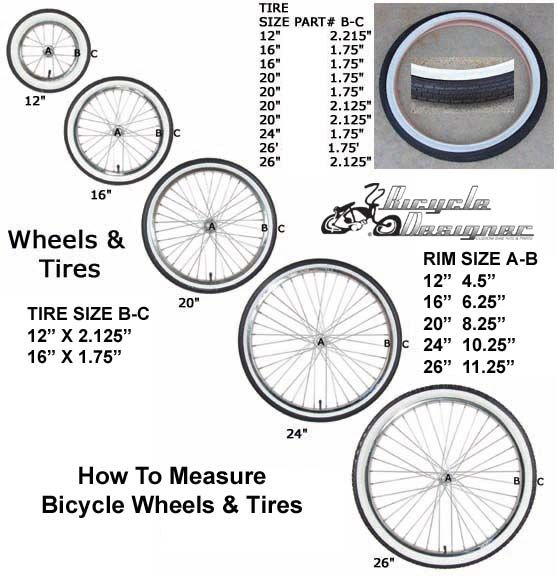
12 1/2 x 2 1/4. This is not an accurate label! Each manufacturer may have their own calculation data.
Attention! It should be borne in mind that each manufacturer indicates the approximate size of the tire in inches. nine0068
This means that in the production of tires, the molds in which the tires are made differ slightly in size for each manufacturer. The difference in size is up to one centimeter.
We are faced with the fact that tires from different manufacturers with the same marking 12 1/2 x 2 1/4 , in width and inner diameter, are larger or smaller by several centimeters.
The thing is that the outer size and width of the tire indicated in this way in inches is not an international standard in production.